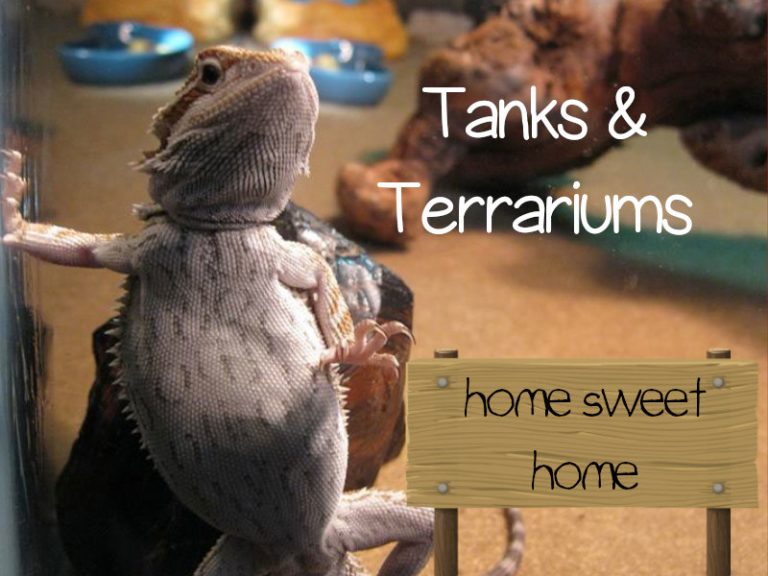
Housing
Finding and setting up the best housing options and essential equipment to create an optimal living space for your bearded dragon.
Finding and setting up the best housing options and essential equipment to create an optimal living space for your bearded dragon.